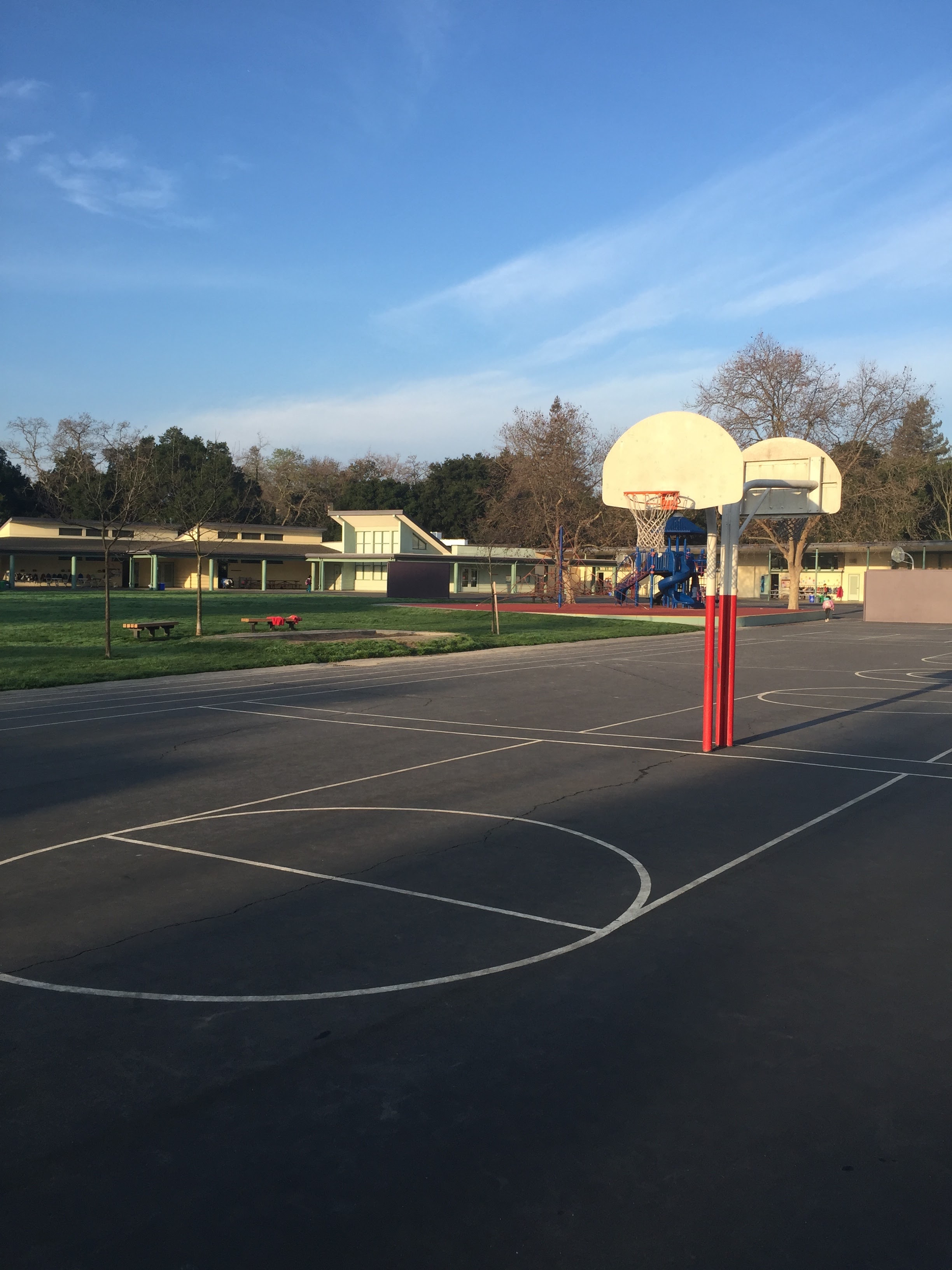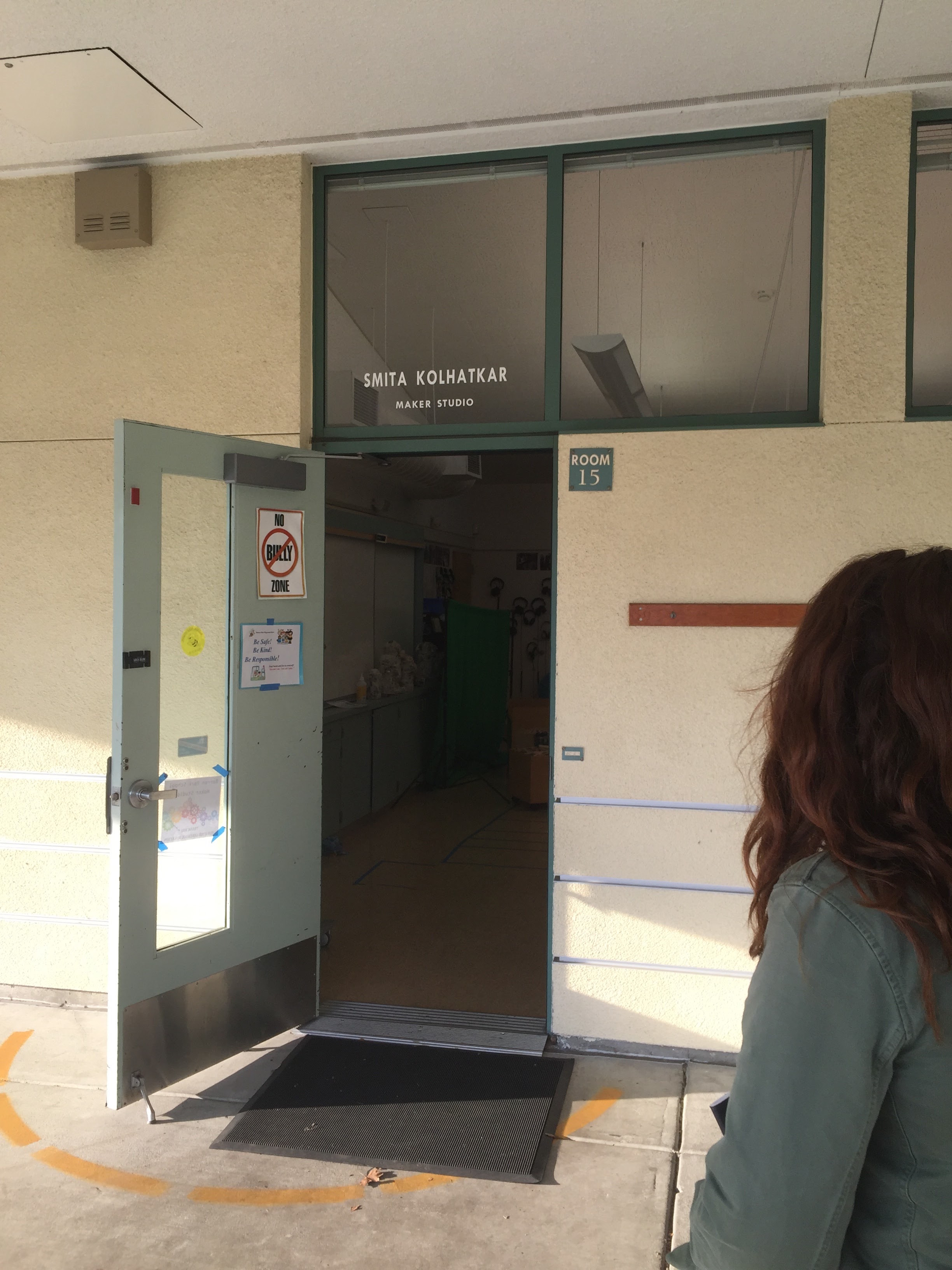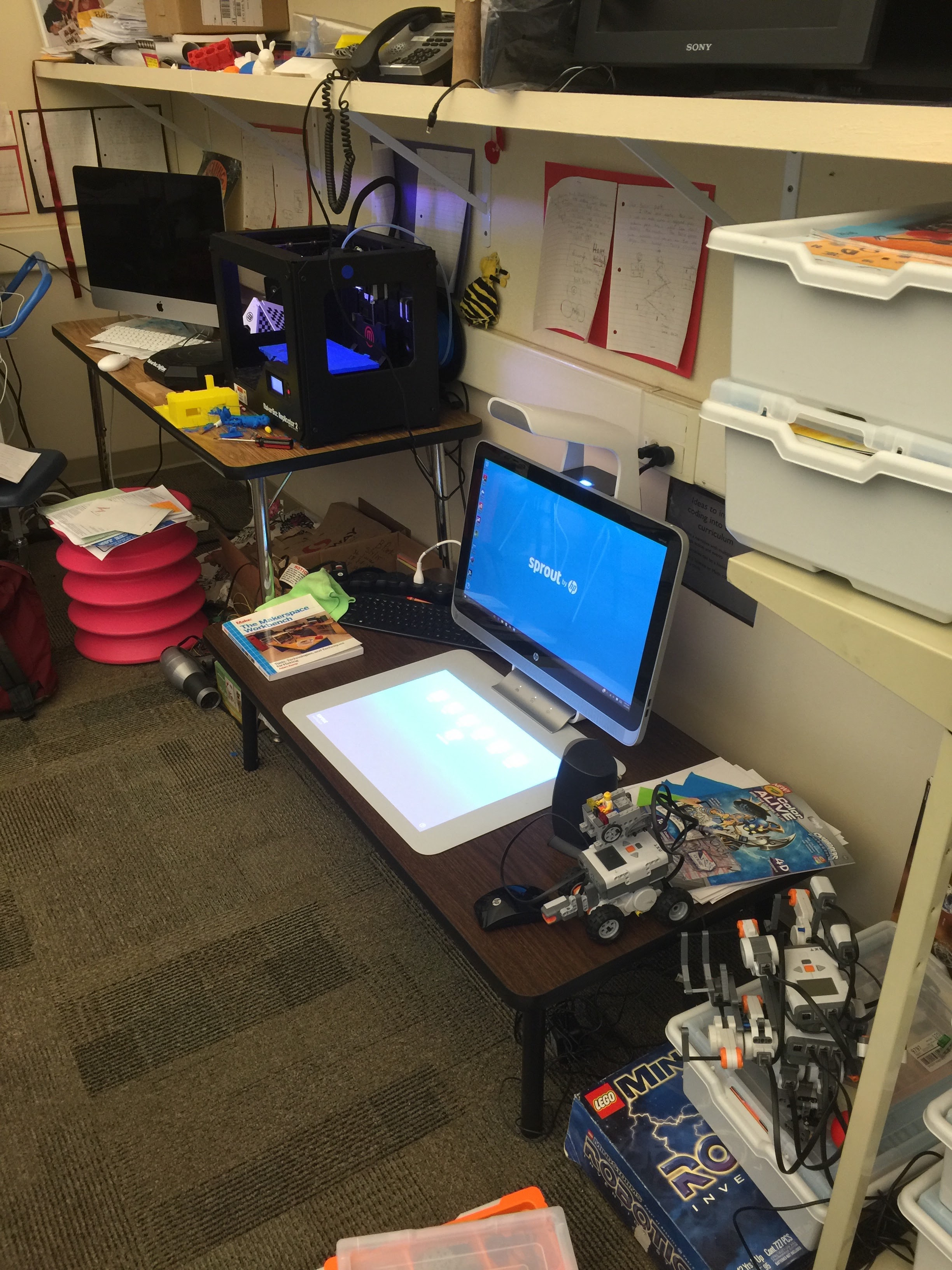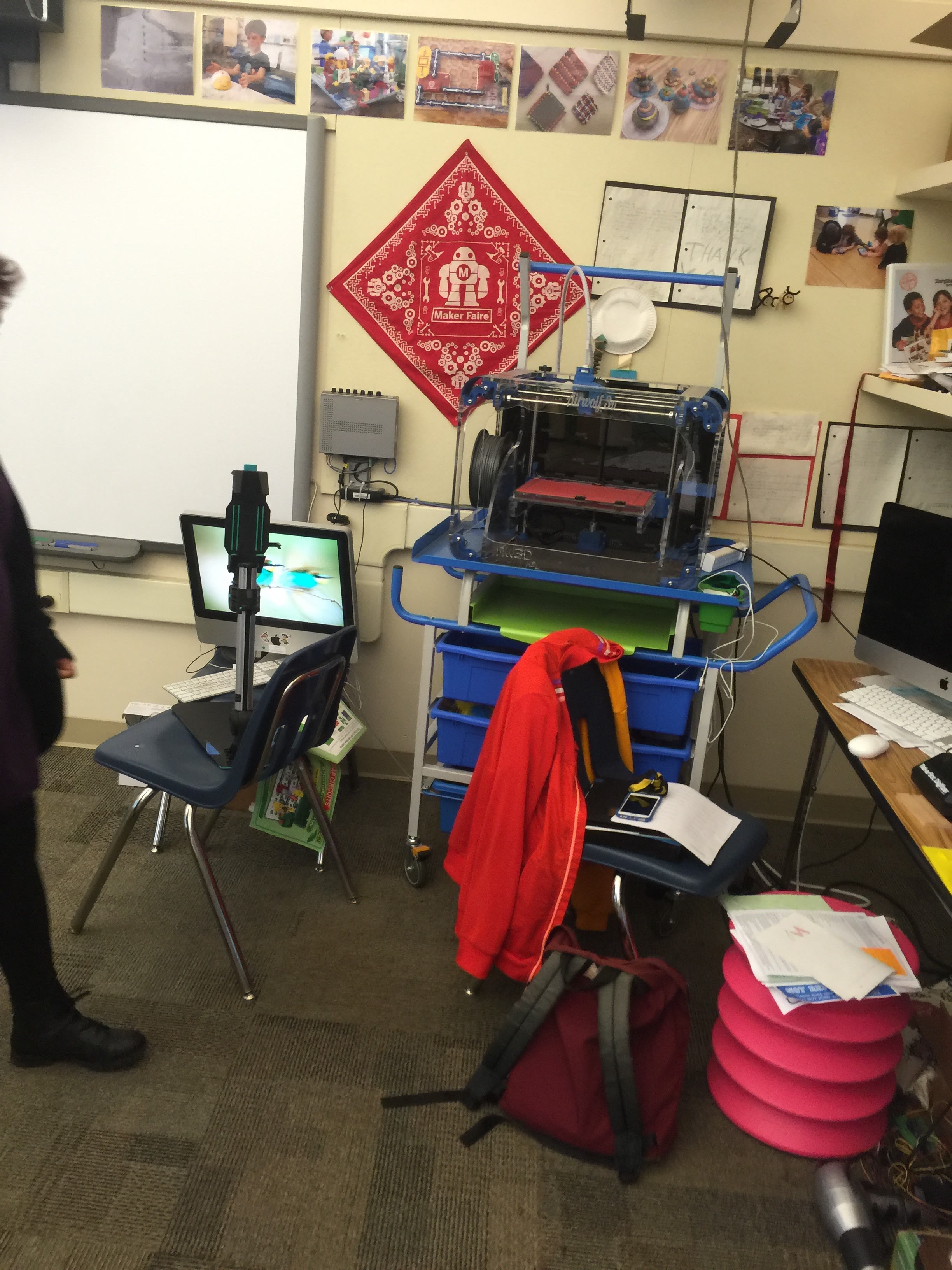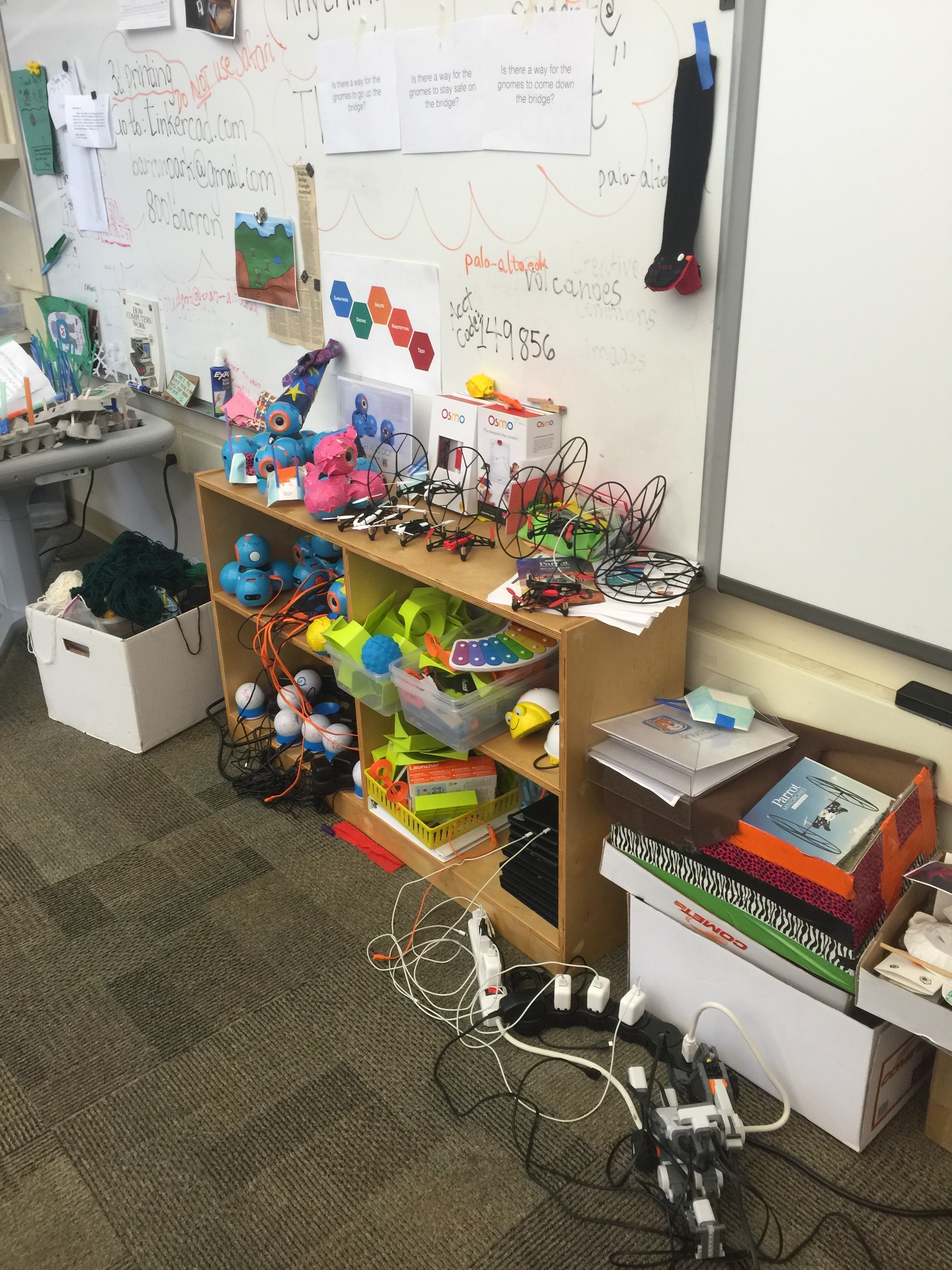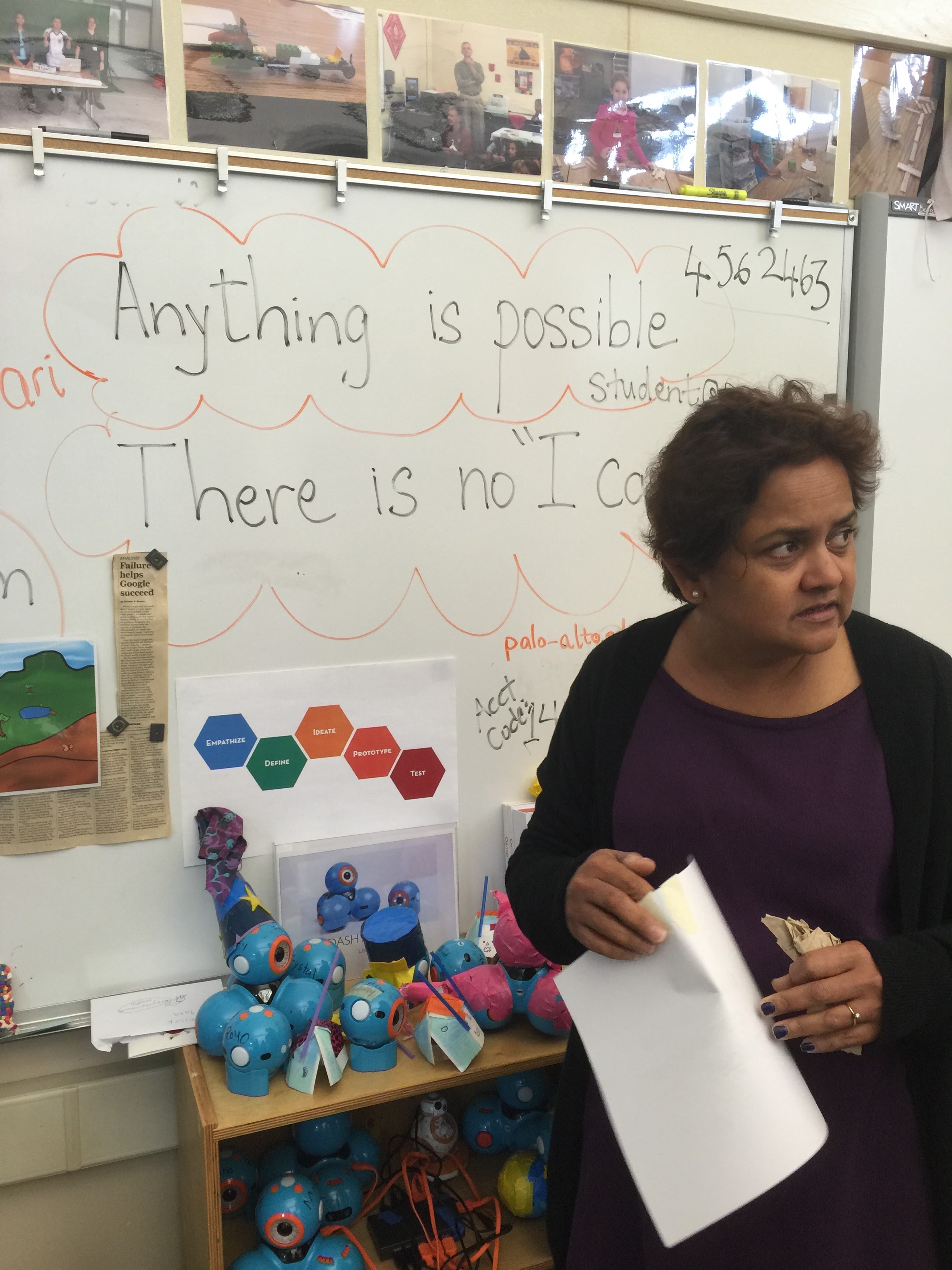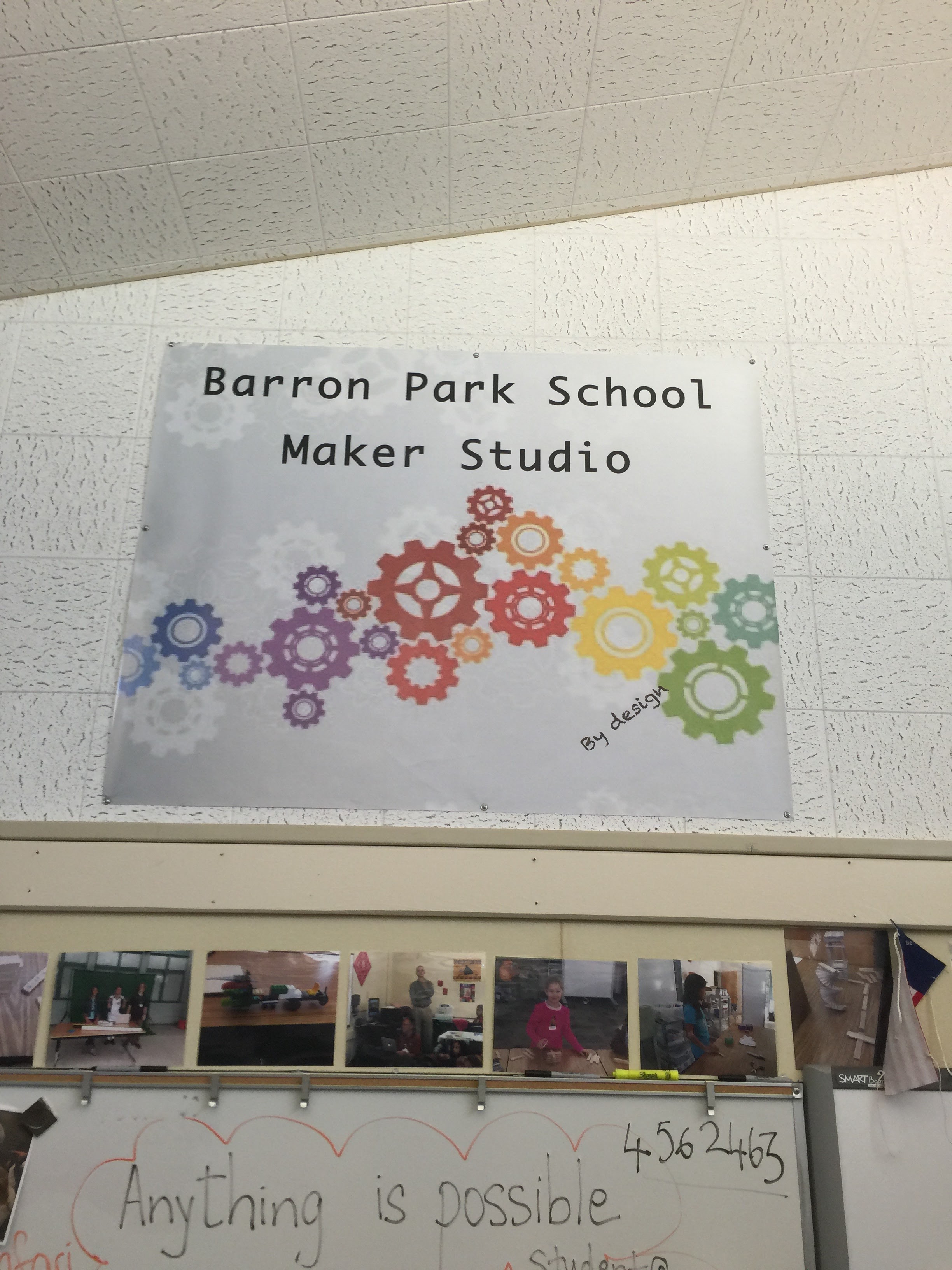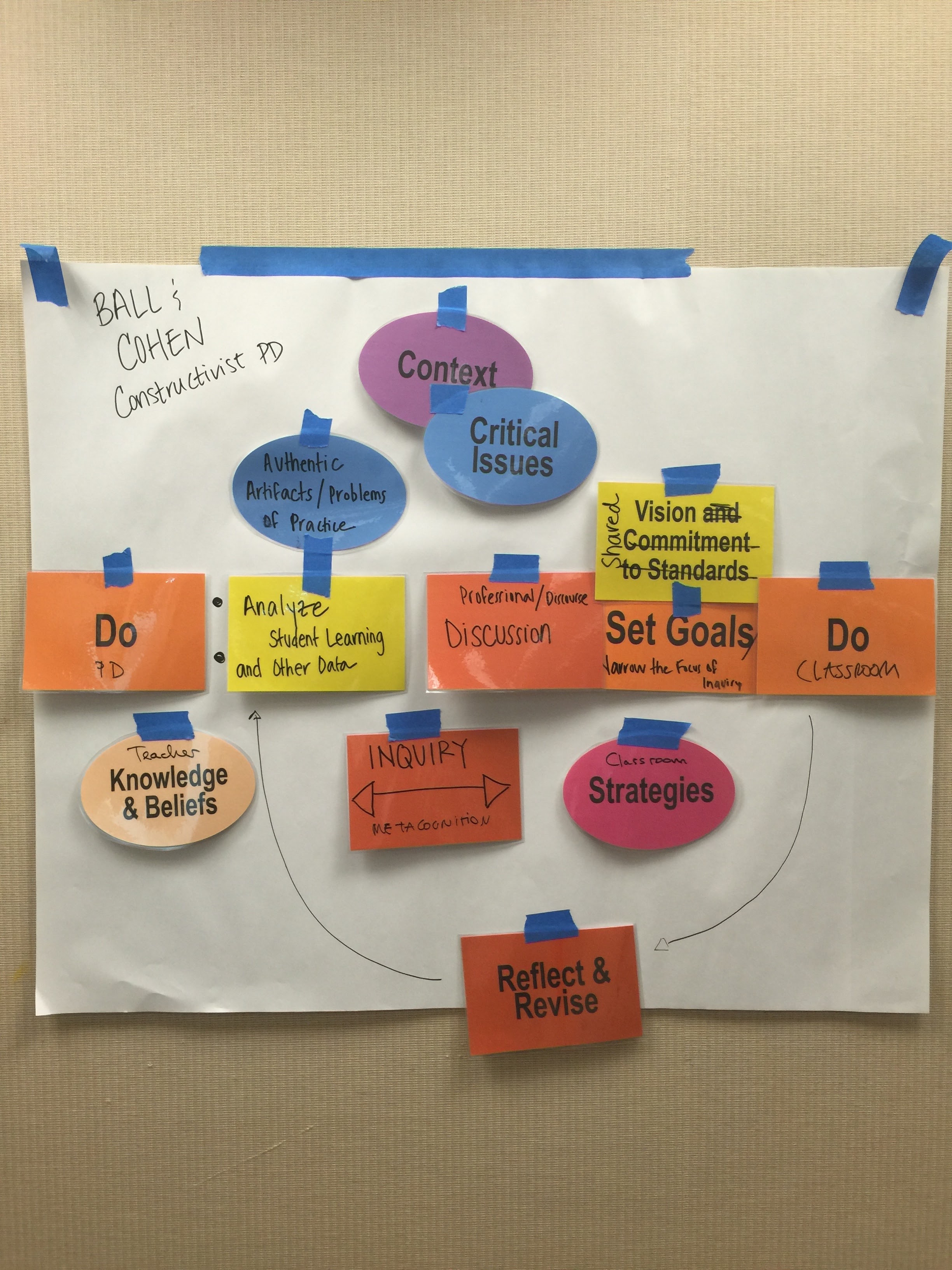Short summary of Ralph Tyler’s Basic Principles of Curriculum and Instruction
- Four fundamental questions to be answered when developing any curriculum
- What educational purposes should the school seek to attain?
- What educational experiences can be provided that are likely to attain these purposes?
- How can these educational experiences be effectively organized?
- How can we determine whether these purposes are being attained? (Tyler, 1950, 1-2)
- Content and ideologically agnostic
Wiggins, G., & McTighe, J. (2005). Understanding By Design. (Expanded 2nd edition) Alexandria, VA: Association for Supervision and Curriculum Development. pp. 13-34, and 105-133.
- Three stages of backwards design & Template
- Identify desired results
- Established Goals
- Essential Questions
- Understandings: Students will understand that…
- Students will know
- Determine acceptable evidence
- Performance tasks
- Other Evidence
- Plan learning experiences and instruction
- Learning Activities
- W = help the students know Where the unit is going and What is expected. Help the teacher know Where the students are coming from (prior knowledge, interests…)
- H = Hook all students and Hold the interests
- E = Equip students, help them Experience the key ideas and Explore the issues
- R = Provide opportunities to Rethink and Revise the understandings and work
- E = Allow students to Evaluate their work and its implications
- T = Be Tailored (personalized) to the different needs, interests, and abilities of learners
- O = Be Organized to maximize initial and sustained engagement as well as effective learning
- Learning Activities
- Identify desired results
- Standards contribute to the design work in 3 ways:
- As a reference point during design
- For use in self-assessment and peer reviews of draft designs
- For quality control of completed designs
- The UbD design matrix (column headers with rows for each stage of backwards design)
- Key Design Questions
- Chapters of the Book
- Design Considerations
- Filmes (Design Criteria)
- What the Final Design Accomplishes
- Essential Questions: Doorways to Understanding
- Four connotations of what an essential question is:
- Important questions that recur throughout all our lives
- Core ideas and inquiries within a discipline
- Helps students effectively inquire and make sense
- Will most engage a specific and diverse set of learners
- The importance of intent – not only the question has to be essential but the intent of it should be clear
- Topical vs Overarching questions
- Topical are more content specific questions
- Overarching are generalized question about the content
- Define the intent then create overarching and topical questions
- Four connotations of what an essential question is:
- Question starters based on the Six Facets of Understanding
- Explanation
- Interpretation
- Application
- Perspective
- Empathy
- Self-knowledge
- Crafting Understandings
- Examples and non-examples of understanding
- Definition
- Inference stated as specific and useful generalization
- Transferable – enduring value beyond a specific topic
- Abstract, counterintuitive, and easily misunderstood ideas
- Acquired by ‘uncovering’ and ‘doing’ – developed inductively, coconstructed by learners, using ideas is realistic setting and with real-world problems
- Summarizes important strategic principles in skill areas
- Topical and overarching understandings
- Understandings vs Factual Knowledge
Mukai, G. (2000). Anatomy of a Curriculum Development Project. Unpublished paper. Stanford Program on International and Cross- Cultural Education. pp. 1-21.
- Example of curriculum for teaching migration, looking at Japanese migration in the Americas as a base
- Sections of the curriculum design process
- Needs assessment
- Conceptualizations
- Activities
- Organizing Questions
- Objectives
- Strategies
- Materials
- Assessment
- Curriculum Research and Writing
- Multiple intelligences
- Verbal-linguistic intelligence
- Logical-mathematical intelligence
- Spatial intelligence
- Bodily-kinesthetic intelligence
- Musical intelligence
- Interpersonal intelligence
- Intrapersonal intelligence
- Small group activities
- Constructivism
- Teachers seek and value their student’s points of view
- Classroom activities challenge student’s suppositions
- Teachers pose problems of emerging relevance
- Teachers build lessons around primary concepts and ‘big’ ideas
- Teachers asses student learning in the context of daily teaching
- Emphasis on multiple perspectives, balance, and diversity in exploring any issue
- Utilizing content experts and teachers
- Multiple intelligences
- Evaluation
- Edit curriculum for particular context
- Dissemination
- Spread the word
Gardner, H. (1999). The Disciplined Mind. New York: Penguin Books. pp. 115-137.
- Designing Education for Understanding
- University of Phoenix – designed to get a job
- Plan backwards – determine what kind of person you want to produce, then design education accordingly
- Neither breadth nor depth – but understanding the underlying principles of a discipline
- Difficulties of Understanding – need deep content knowledge from teacher
- Obstacles to Understanding – erroneous engravings on a young child’s mind – hard to change
- Disciplinary Expertise
- Four Approaches to Understanding
- Learning from Suggestive Institutions
- Direct Confrontations of Erroneous Concepts
- A Framework That Facilitates Understanding
- Performance of understanding – how to assess it?
- Multiple Entry Point to Understanding
- Other players
- Well-trained, Enthusiastic Teachers
- Students Prepared and Motivated to Learn
- Technology as Helper
- Supportive Community
 Went to
Went to 